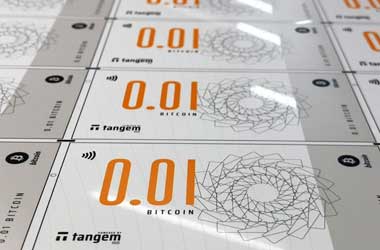 The integration of SegWit (Segregated Witness) by wallet providers have started only this year, even though it was introduced in August 2017. Segregated Witness allows a greater number of transactions to pass through the network at any given point in time. Additionally, it provides more security to the Bitcoin network, while improving transaction malleability and scalability.
The integration of SegWit (Segregated Witness) by wallet providers have started only this year, even though it was introduced in August 2017. Segregated Witness allows a greater number of transactions to pass through the network at any given point in time. Additionally, it provides more security to the Bitcoin network, while improving transaction malleability and scalability.
The SegWit charts indicate that even now only about 15% of the Bitcoin transactions are from SegWit addresses. The reason is that implementing SegWit is a time consuming process and required good software knowledge. However, the arrival of Bitcoin core version 0.16.0 is largely expected to resolve this.
The version offers full support for SegWit in the wallet and user interfaces. That means even a user with a little knowledge about wallets can create SegWit addresses. While SegWit address is the default, the user interface also offers support to “bech32” addresses, which is significantly easier to handle than others. So, a user will be able to create any of the three types of Bitcoin addresses (legacy, bech32, or SegWit).
Other changes to the code may slightly improve transaction speed, while offering better customization of the overall facilities. Even the data presented can be understood easily with the changes brought about in the code.
Notably, in December, when Bitcoin was hovering around $15,000 levels, the transaction charges hit a high of about 1,200 Satoshis per byte. Now, it has already dropped to about 140 Satoshis per byte. So, we can expect the Bitcoin rally to be fully supported by lower transaction costs and quicker confirmation time.

 United States
United States United Kingdom
United Kingdom















